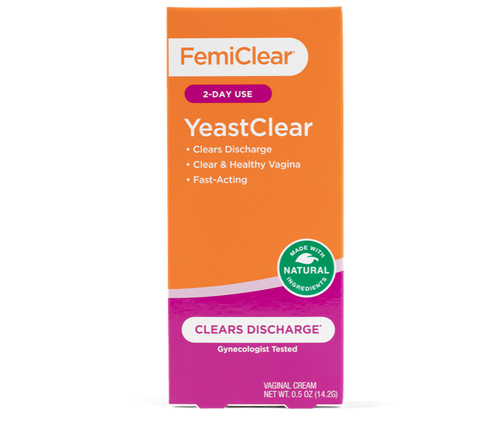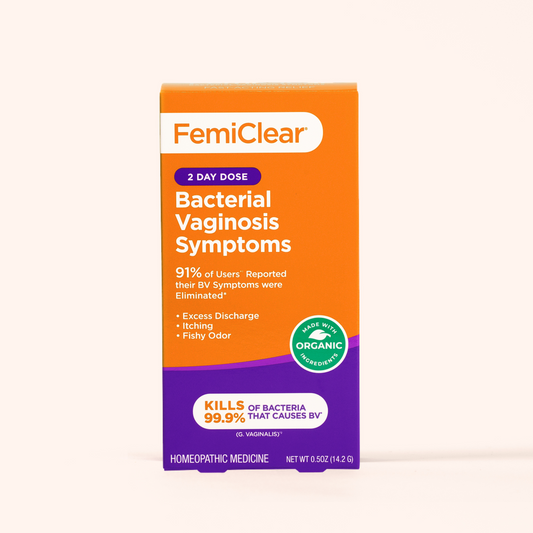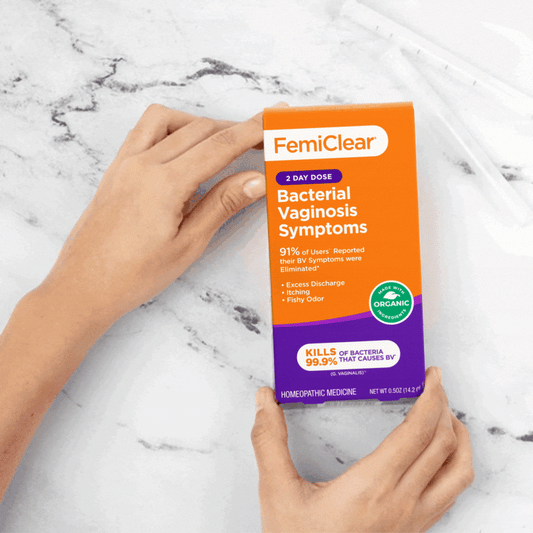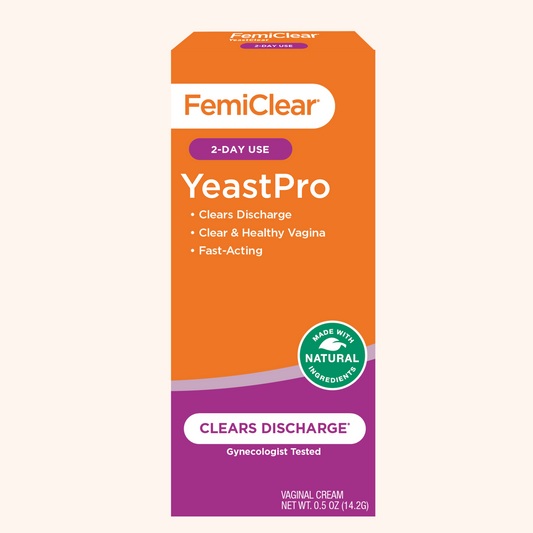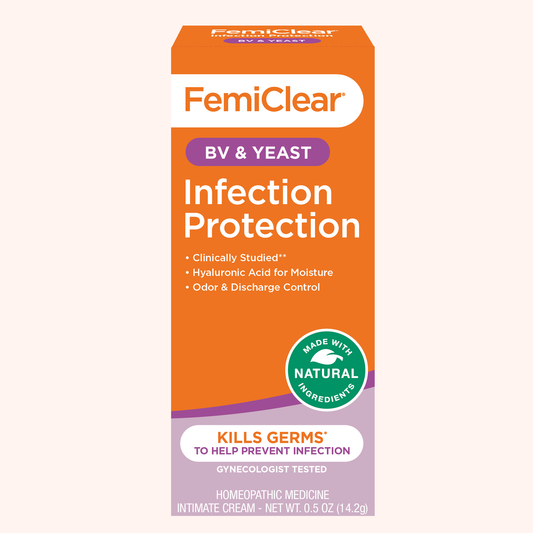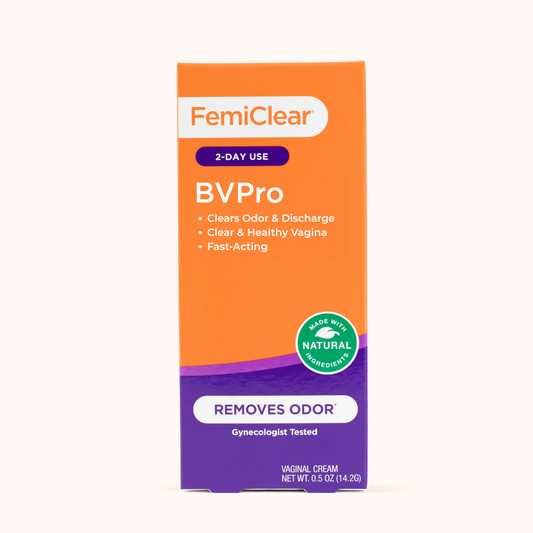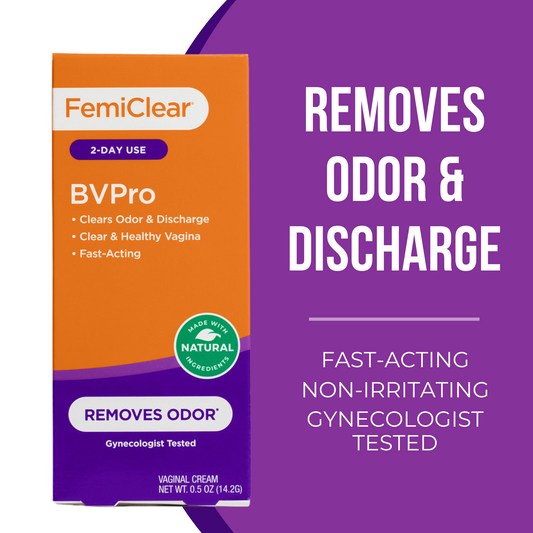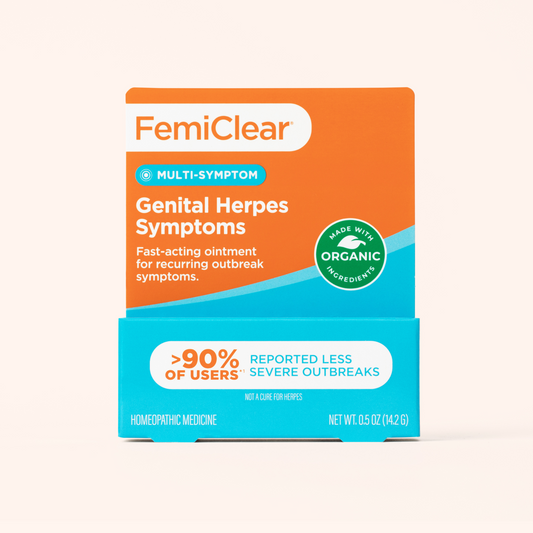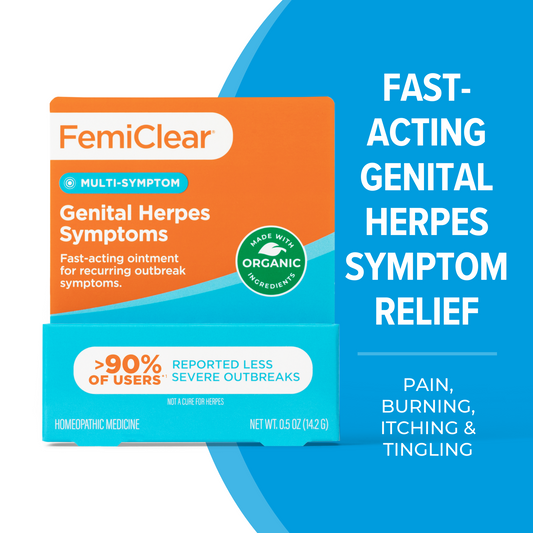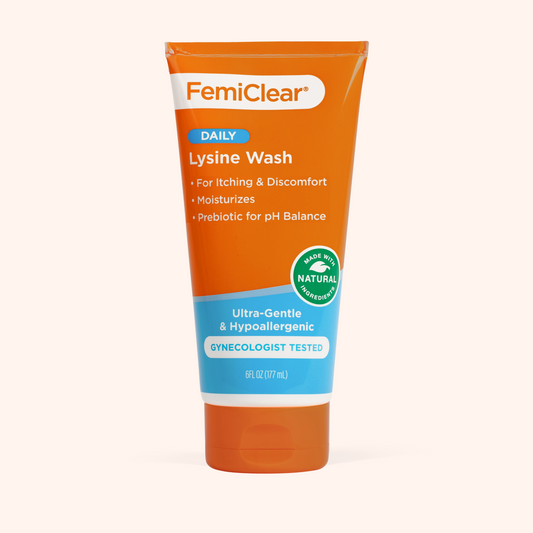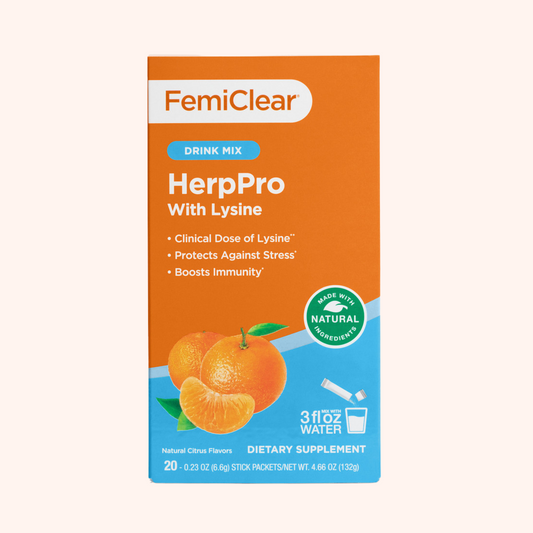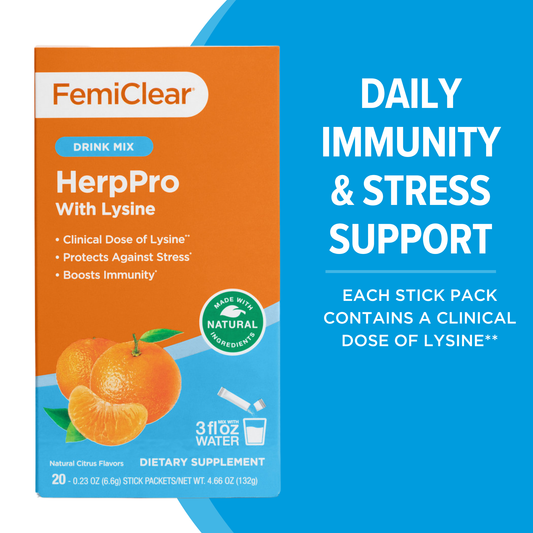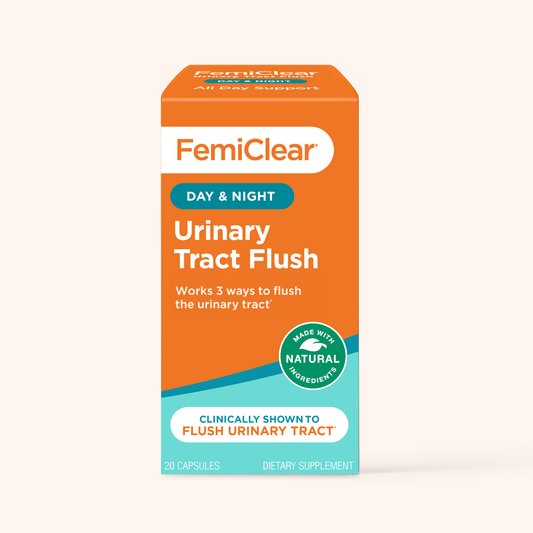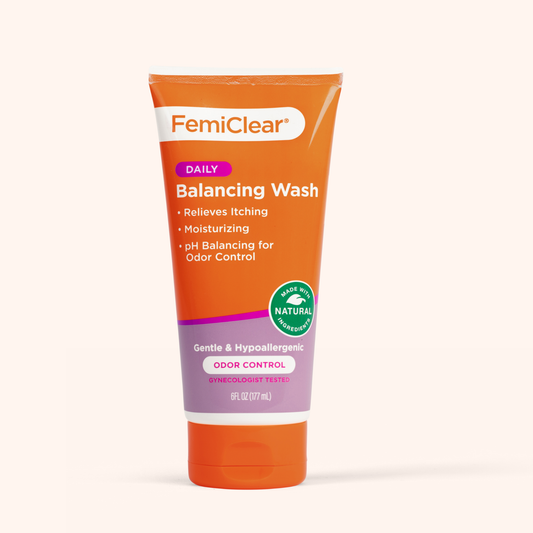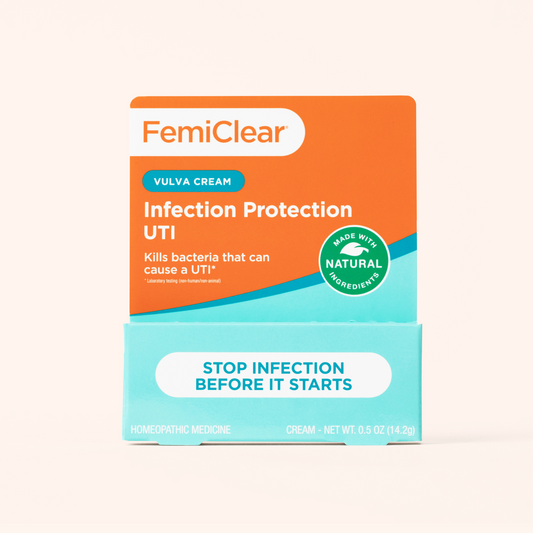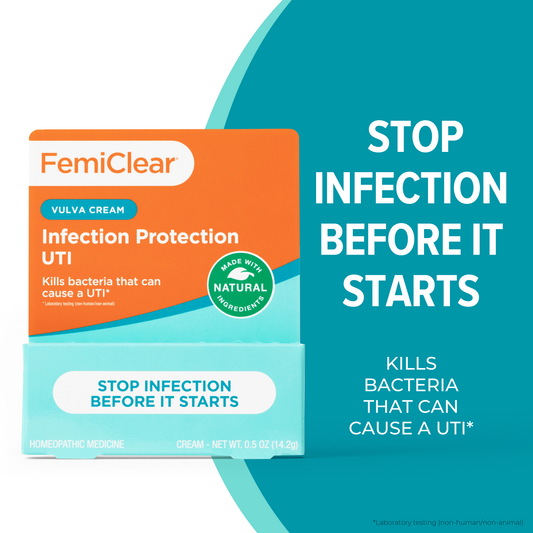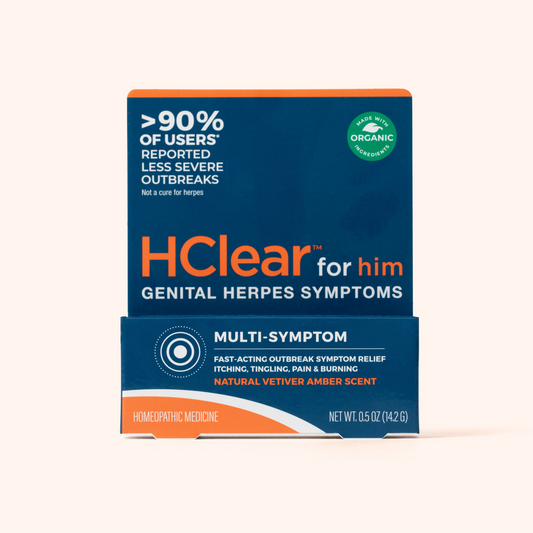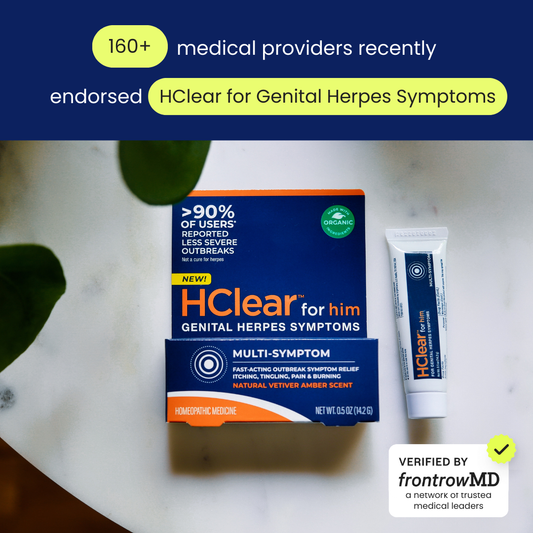Table of Contents
Related Articles
Table of Contents
Is It A Yeast Infection or Something Else?
Dec 13, 2021

Vaginal Yeast Infection:
A vaginal yeast infection is a common condition caused by an overgrowth of yeast (Candida) that may normally live in the vagina. Your doctor may call this infection "monilia" or "candidiasis.” Some women may have a yeast infection on the skin outside the vagina (vulva) at the same time they have a vaginal infection.
Yeast Infection Symptoms:
- Vaginal itching or soreness
- Pain during sexual intercourse
- Pain or discomfort when urinating
- Abnormal vaginal discharge that resembles cottage cheese
When to see a doctor?
If you have vaginal itching and discomfort for the first time or never had a vaginal yeast infection diagnosed by a healthcare professional. If you are having lower abdominal, back or shoulder pain, fever, chills, nausea, vomiting, or foul-smelling vaginal discharge, as you may have a more serious condition. Or may have been exposed to the human immunodeficiency virus (HIV) that causes AIDS. If you are pregnant or breastfeeding.
Over-the-counter solution:
FemiClear® Yeast Infection-1 Day Dose is a fast-acting over-the-counter yeast infection product proven to kill >99% of tough-to-treat yeast*—even yeast known to cause recurrent infections. Made with all-natural and organic ingredients.
FemiClear has a variety of soothing relief products for Yeast Infections based on your specific needs. You can view them here.
Medical concerns:
For more severe infections, infections that don’t get better, or keep coming back after getting better, other treatments might be needed.
For more information visit the CDC website on Yeast Infections.
Bacterial Vaginosis (BV):
What is bacterial vaginosis?
The most common vaginal infection¹ is bacterial vaginosis (BV), which is an infection caused by an imbalance of bacteria in the vagina.
Bacterial vaginosis is distinguished by an unpleasant, fishy odor, a thin, grayish-white discharge and a change in vaginal acidity (pH). BV is caused by an overgrowth of bacteria, often Gardnerella vaginalis.
Symptoms:
- A thin white or gray vaginal infection discharge;
- Pain, itching, or burning in the vagina;
- A strong fish-like odor, especially after sex;
- Burning when urinating;
- Itching around the outside of the vagina.
When to see the doctor?
You should see your healthcare professional if you're experiencing symptoms like a fishy odor, change in discharge, or sudden irritation within 48 hours after a new sex partner to make sure you do not have a sexually transmitted disease or BV. A health care provider will examine your vagina for signs of vaginal discharge. Your provider can also perform laboratory tests on a sample of vaginal fluid to determine if BV is present.
Over-the-counter solution:
FemiClear® Bacterial Vaginosis Symptoms is a fast-acting, over-the-counter BV product proven to kill 99.9% of Gardnerella vaginalis**, a bacteria that can cause BV. Made with all-natural and organic ingredients.
Medical Concerns:
If left untreated, BV may lead to a serious infection of the reproductive organs called pelvic inflammatory disease. BV may lead to complications in pregnant women, including serious infections and premature birth.
For more information visit the CDC website on BV.
Trichomoniasis:
What is Trichomoniasis?
Another common vaginal infection is Trichomoniasis (Trich), which is a parasitic infection. It is caused by infection with a protozoan parasite called Trichomonas vaginalis. Although symptoms of the disease vary, most people who have the parasite cannot tell they are infected. Both men and women can contract trich.
Symptoms:
- Itching, burning, redness, or soreness of the genitals
- discomfort with urination
- thin clear, white, yellowish or greenish discharge with an unusual smell
- can feel unpleasant to have sex
Treatment:
It is not possible to diagnose trichomoniasis based on symptoms alone, your health care provider can examine you and get a laboratory test to diagnose trichomoniasis. Trichomoniasis is a parasitic infection and must be treated with prescription antibiotics. At this time there are no OTC treatments for Trichomoniasis.
Medical Concerns:
Without treatment, the infection can last for months or even years. If left untreated, Trichomoniasis may lead to a serious infection of the reproductive organs called pelvic inflammatory disease. Trich may lead to complications in pregnant women, including serious infections and premature birth. Trich can also increase the risk of getting or spreading other sexually transmitted infections.
For more information visit the CDC website on trichomoniasis.
Many things can change the balance of yeast organisms normally present in the vagina.
Here are some common triggers for yeast infections:
- Changes in hormone levels during menstruation
- Increased estrogen levels, sometimes caused by birth control pills or hormone therapy
- Pregnancy
- Antibiotics, which kill healthy, yeast-preventing bacteria in the vagina
- Diabetes, both controlled and uncontrolled
- Cancer treatments like chemotherapy
- Impaired immune system, sometimes caused by corticosteroid therapy or HIV infections
Importantly, sexual activity is NOT a trigger for yeast infections, though it is a risk factor for other vaginal infections, such as BV and Trichomoniasis.
Most yeast infections result from a type of Candida fungus known as Candida albicans, which is generally responsive to standard treatments. However, other treatment-resistant strains do exist that are more resistant to common yeast infection treatment options. FemiClear Yeast Infection has been shown, however, to kill >99% of both common and stubborn yeast such as Candida albicans, Candida glabrata and Candida parapsilosis.* If you experience any problems with a yeast infection product or getting rid of your yeast infection, consult a healthcare professional.
How can I help prevent recurring vaginal yeast infections?
Yeast infections aren’t fun! To lower your chances of getting another one:
- Talk with your doctor about any drugs you are now taking. You are more likely to get a vaginal yeast infection if you are taking certain drugs, including antibiotics, steroids, or birth control pills.
- Try to keep the genital area cool and dry. Yeast grows well in warm, moist areas.
- The following tips may help:
- Wear cotton underwear and loose-fitting clothes.
- Change out of damp clothes or a wet bathing suit as soon as possible.
- If you use panty liners or pads when you are not having a menstrual period, change the panty liners or pads often.
*An independent accredited lab performed an in vitro (non-human/non-animal) time-kill study to measure the amount of C. albicans, C.glabrata, and C. parapsilosis that was killed. These yeast are thought to cause 95% of all vaginal yeast infections.
**An independent accredited lab performed an in vitro (non-human/non-animal) time kill study to measure the amount Gardnerella Vaginalis that was killed. An overgrowth of Gardnerella Vaginalis, can cause a bacterial vaginosis (BV) infection, but might not be the only cause. Data on file.
[Claims based on clinical and/or in vitro laboratory (non-human/non- animal) studies, and traditional homeopathic practice (not accepted clinical medical evidence; not FDA evaluated).]
Dec 13, 2021

YeastPro for Vaginal Discharge | Cream
Relief from Discharge in 24 Hours
Learn More